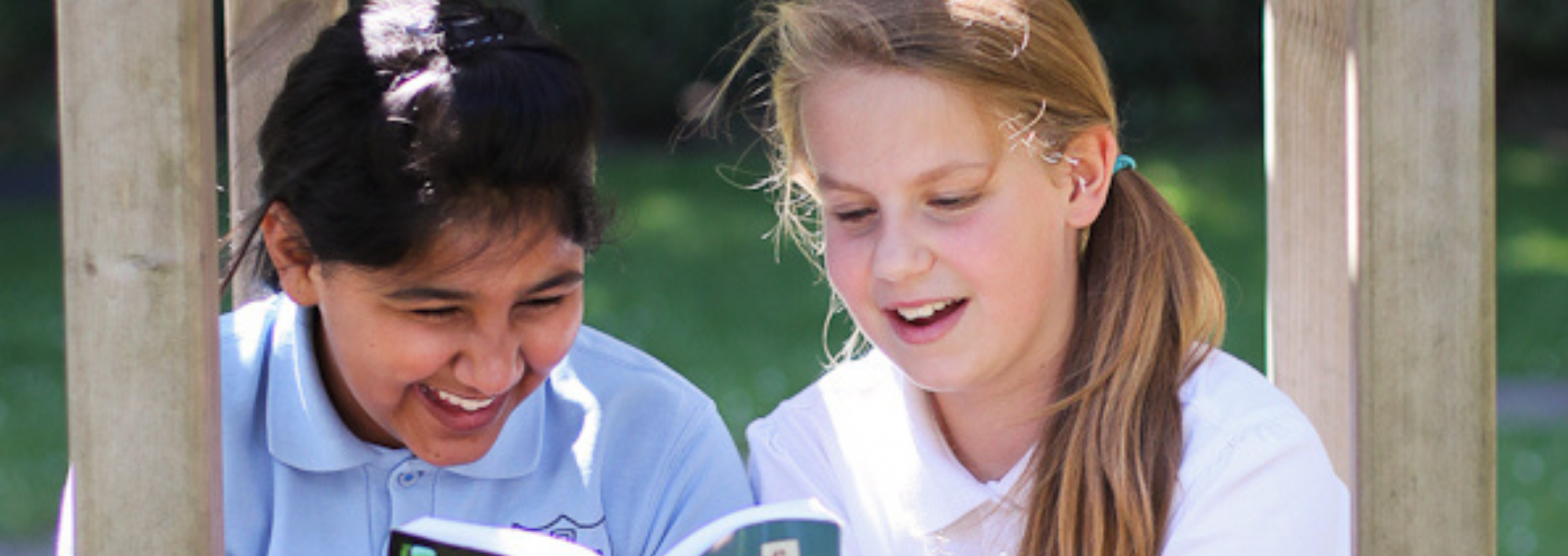As if Covid didn’t present enough problems – we have noticed a frightening increase in the number of students who have completely disengaged with reading. I blame the pandemic for this because the National Literacy Trust’s annual survey found: ‘some children and young people reported that a lack of access to books (with schools and libraries closed), a lack of quiet space at home and a lack of school/peer support had negatively affected their ability to read and their motivation to read for enjoyment’. We are absolutely seeing this borne out now we’re back in school with depressingly low borrowing figures from our (covid-secure mobile) library.
Never one to be deterred, I will merely action plan our way out of this slump. What do I have in mind? Well I’ll tell you…
First of all, let us pause for a moment and consider the usefulness of the phrase ‘reading for pleasure’. Is this what we want? Sometimes, even the most enthusiastic among us find reading a challenge – some books are not meant to be pleasurable – they exist to push us, to make us squirm or feel a burning rage. It’s not pleasurable but we do it anyway. What I want for my students is that they pick up something to read of their own free will. That I’m not dragging them to the library and asking questions that end up being rhetorical despite my best attempts to engage in a two way conversation about reading. I want students to feel like there is something for them, to know that reading is relevant to them. I want them to know that reading enables them to explore ideas that they care about and I really want them to have the confidence to know they deserve a space in the written world. That it reflects their world too and that there is hope in that.
This begins with the creation and development of reading communities. In my school we have a Black Lives Matter reading club and an LGBTQIA+ club in which books feature periodically in discussions. These are optional clubs but demonstrate the power of reading linked to issues that our students are already passionate about. Next year I’m hoping to develop reading for mindfulness groups and to link reading explicitly with wellbeing. We’re also starting a Yr 9 football club who will read for ten minutes in the changing room together before their training session. We will specifically select the students who we know are reluctant readers for this one.
There’s a lot to be said for a confidence boost. Lots of our students suffer from low confidence with regards to reading and literacy – but putting these students in the position to help someone else raises their confidence, and the confidence of the person they’re supporting – a win-win! We’ll identify reluctant readers in yr 8 and 9 to support yr 7 students with peer reading sessions during form time. We will ‘train’ our mentors and give the position lots of prestige which boosts ego but also enables us to sneak some intervention in there without students realising they’re the ones receiving it. We’ll also be setting up ‘book bags’ for older siblings to take home a book and a review template so that they can read to or with a younger sibling and both of them can submit a review to our library which we’ll display.
My key idea for next year is to improve our use of form time reading. We currently use topical non-fiction articles but due to the aforementioned post covid reading slump I want our students to engage with more fiction, and more whole texts. We’ll be completing staff training on reading strategies to support basic literacy and comprehension skills so that alongside reading staff can use questioning to enhance pupils skills. Hopefully we will embed these over time leading students to develop more confidence and independence when approaching their own reading.
For both the peer reading and the form time reads I’m looking at Oxford University Press’ new ‘Super-Readable Rollercoaster’ series. They’ve teamed up with Barrington Stoke to produce:
- Shorter length stories to improve reading stamina and confidence
- Books with a focus on unlocking language and vocabulary to close the word gap
- Stories that tackle age appropriate issues at a fast pace to maintain engagement
- A super helpful free online resource back and reading notes in the back of the book
- Specifically designed font, spacing and visually engaging front covers and text layout to support accessibility
This series really takes the stress out of picking a class reader – as they have specifically been designed for teenagers. I don’t need to worry about the level of challenge for weaker readers as this has been addressed as part of their creation; but I can use the activities within the resource pack to challenge the literacy skills of more able students. When I ask a form tutor to deliver a reading session – in addition to my training – I can hand over a resource pack to support them in their delivery. What’s not to love?
Having said that I’m also really excited to get our students more involved with selecting new reads for our library – we’re going to recruit some known reluctant readers to help us out by reading and reviewing a book to decide if we should get rid or buy more – again we’re hoping this responsibility will encourage reluctant readers and give them a sense of pride in the part they have to play in our school.
With reading and literacy, it never feels enough. The mountains our children have to climb as a result of low literacy seem insurmountable. But for now, it’s a start. If you have any more ideas to add to the pile – please share them!
Sarah Eggleton is Assistant Headteacher and Head of English at Stretford High School.
